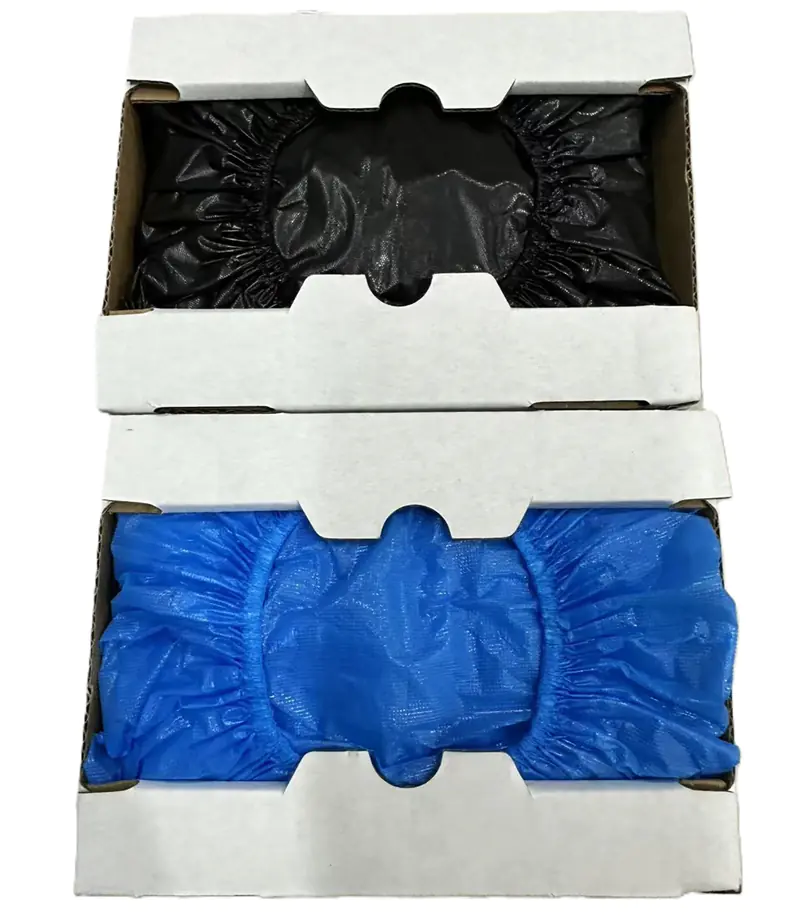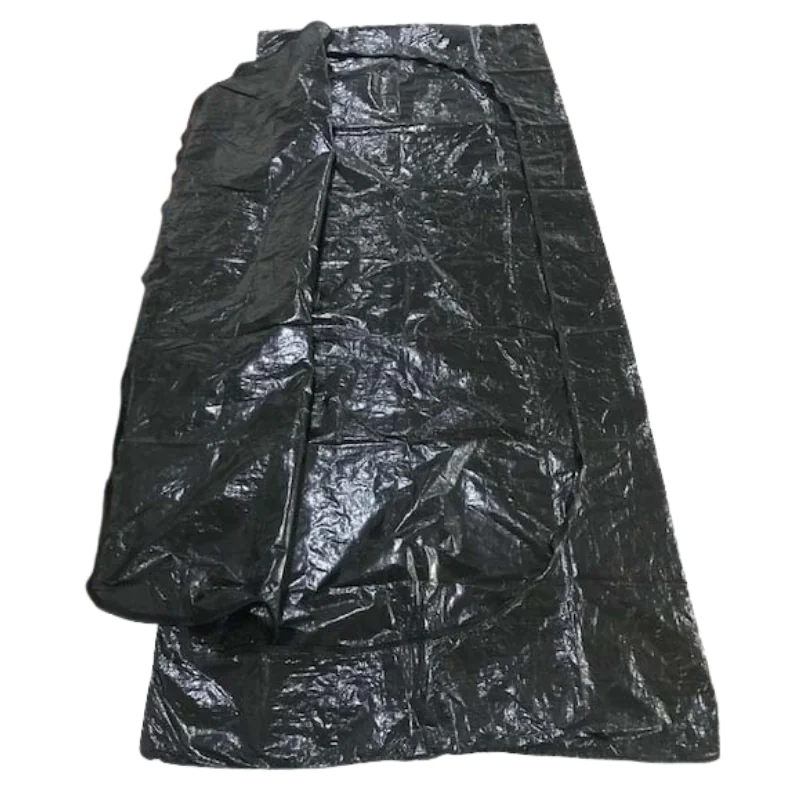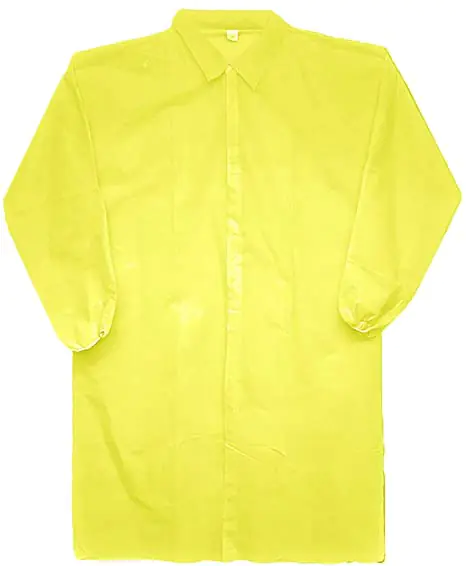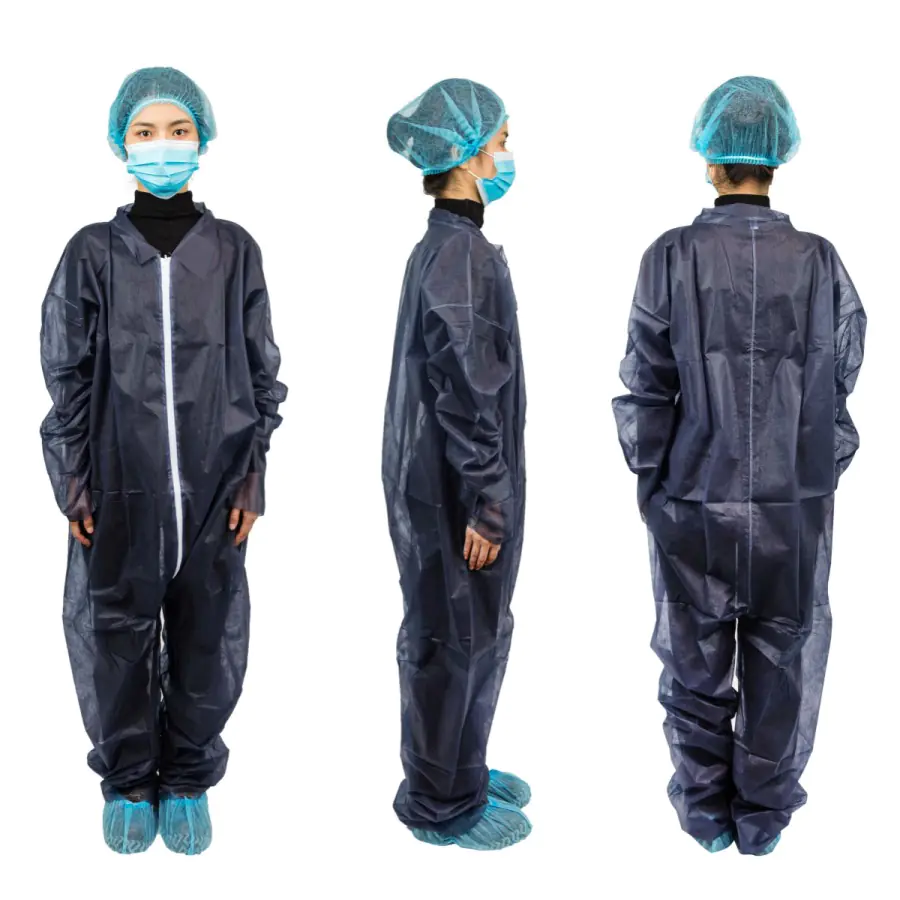Disposable medical caps are essential in healthcare settings for maintaining hygiene and safety. While they might look simple, their effectiveness relies heavily on thoughtful disposable medical caps design. It’s not just about covering the head or a container; key design choices regarding materials, fit, style, and specific features are crucial for performance and safety. Let’s delve into the necessary design details of the product itself.
1. Material Selection: The Core of the Cap
올바른 선택 material is perhaps the most critical design decision, impacting safety, comfort, and functionality.
- Safety and Biocompatibility: The materials must be safe for medical use, meaning they are non-toxic and won’t cause reactions when near or touching the body. They should ideally be latex-free to prevent allergies. Common choices include non-woven fabrics made from Polypropylene (PP) 또는 Polyethylene (PE) . These materials must meet medical cap material requirements, often proven by adhering to standards like ISO 10993 for biocompatibility.
- Sterilization Compatibility: Since many caps need to be sterile, the chosen material must withstand common sterilization processes (like EtO gas or gamma radiation) without degrading. Some designs might require materials suitable for autoclaving (high-heat steam sterilization).
- Functional Properties: Depending on the cap’s purpose, the material design might need to be breathable (like non-woven fabrics for headwear) or impermeable (like LDPE for container closures). Properties like softness, strength, and fluid resistance are key design considerations.
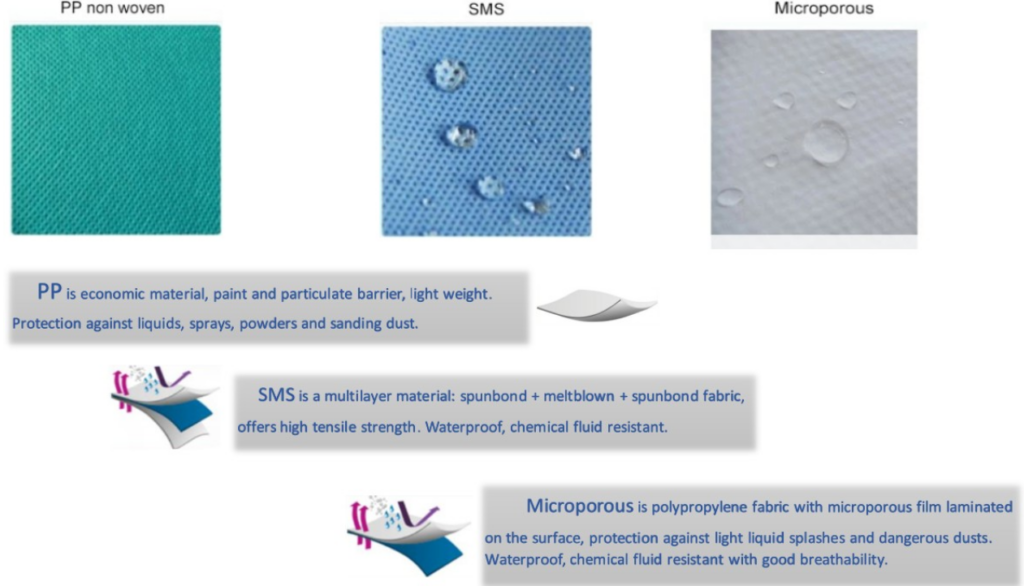
2. Style, Size, and Fit: Ensuring Proper Coverage and Comfort
How a cap fits and stays in place is a fundamental design aspect, especially for headwear.
- Securing Mechanism: Caps need a way to stay securely on the head. Common designs include:
- Elastic Bands: Offering a snug, adaptable fit for various head sizes. This is common in disposable non woven bouffant caps 그리고 medical bouffant clip caps for nurse and doctor.
- Ties: Allowing for adjustable tightness, often preferred for surgeon caps to ensure a secure fit during procedures, like the Disposable surgeon cap with ties.
- Shape and Style: Different styles are designed for specific needs and coverage levels. Bouffant caps offer more room for longer hair, while surgeon caps provide a closer fit. The specific cut and shape are part of the functional design.
- Sizing: Offering various sizes (e.g., standard, large) is crucial. A poorly fitting cap (too small or too large) may not provide adequate coverage or could be uncomfortable, defeating its purpose. Proper sizing is a key design specification.

3. Functional Design Features: Enhancing Usability and Safety
Beyond basic material and fit, specific features are designed into the cap to improve its function and safety.
- Grip and Handling: For caps that need to be twisted or handled (like vial or syringe caps), incorporating anti-slip texture 또는 micro-ribbing/grip patterns into the design makes them easier to use, especially with gloves.
- Tamper Evidence: 많은 medical safety caps are designed with tamper-evident features, such as break-off rings or seals, providing visual confirmation that the product hasn’t been opened previously. These are critical sterile cap features.
- Sealing Design: For closure caps, the design of threads (precision threading) or the sealing interface is paramount for leak resistance and maintaining sterility.
- Particulate Control: Especially for caps used in clean rooms or surgery, the design aims for smooth edges and minimal material shedding (particulate control) to prevent contamination.
- Color-Coding: Incorporating specific colors into the cap design serves as a quick visual identification system for different medicines or applications, reducing errors.

4. Adherence to Standards: A Design Requirement
Designing a medical cap isn’t just about physical attributes; it’s also about ensuring the design meets established regulatory safety standards. Compliance with rules like ISO 10993 for material safety is a fundamental design requirement, not an afterthought. The cap must be designed from the outset to pass these crucial tests.
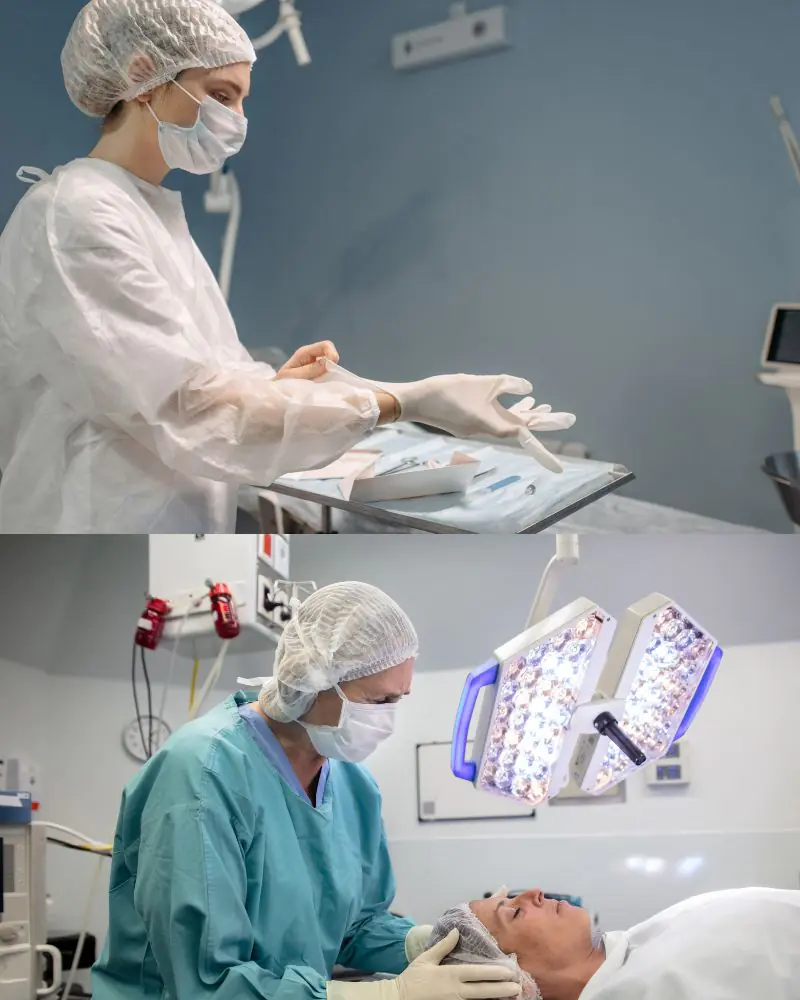
5. Sustainable Design Considerations
Modern cap design also increasingly considers environmental impact.
- Material Choice: Designing caps using recyclable materials like PP 또는 PE/LDPE where appropriate is a key sustainable design choice.
- Material Reduction: Employing thin-wall designs uses less raw material per cap, reducing waste and resource consumption while still meeting performance requirements.
Conclusion: Integrated Design for Safety and Function
Effective disposable medical caps design integrates multiple crucial elements related directly to the product itself. Thoughtful selection of safe and suitable 자료 (like 폴리프로필렌 또는 polyethylene), appropriate style 그리고 크기 for fit and coverage (using elastic 또는 ties), and incorporation of functional features like grips or tamper evidence are all vital. Furthermore, designing to meet safety 표준 (like ISO 10993) and considering sustainability are integral parts of creating reliable medical safety caps. These design choices directly impact user safety, product integrity, and overall effectiveness in demanding healthcare environments.




